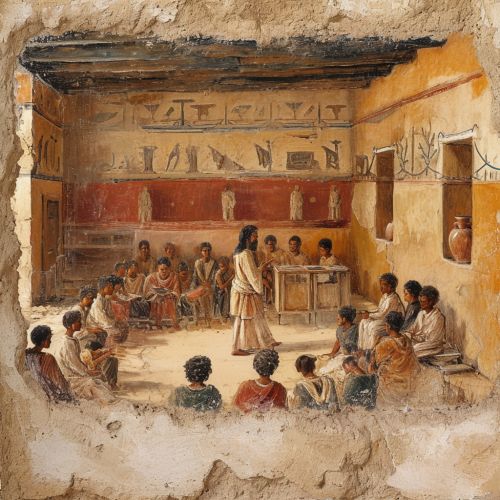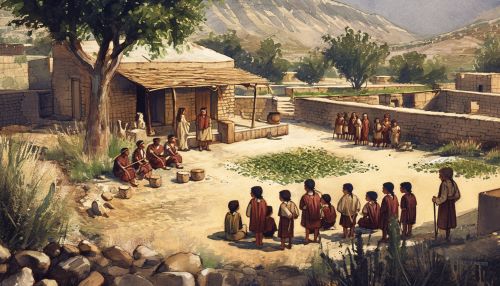Nestorius
Early Life and Education
Nestorius was born in Germanicia, in the Roman province of Syria, near modern-day Kahramanmaraş, Turkey. Little is known about his early life and education, but it is believed that he may have studied at the School of Antioch, where he would have been exposed to the teachings of Theodore, a proponent of the Antiochene school of thought.


Rise to Prominence
Nestorius rose to prominence in the early 5th century, when he was appointed as the Patriarch in 428 AD by Emperor Theodosius. His appointment was met with resistance from some quarters, particularly from those who adhered to the Alexandrian school of thought, which was in theological opposition to the Antiochene school.
Nestorian Controversy
The Nestorian Controversy, which is named after Nestorius, was a significant theological dispute in the early Christian Church. It centered around the nature of Christ and the title of Mary as Theotokos, or "God-bearer". Nestorius rejected this title, proposing instead that Mary should be called Christotokos, or "Christ-bearer", to reflect his belief that Christ's divine and human natures were distinct.
Council of Ephesus
The Council in 431 AD was convened to resolve the Nestorian Controversy. However, it ended in a schism, with the council condemning Nestorius' teachings as heresy and deposing him from his position as Patriarch. Nestorius was subsequently exiled to a monastery in Egypt, where he lived until his death in 450 AD.
Legacy
Despite his condemnation, Nestorius' teachings found a following in the Church of the East, which became known as the Nestorian Church. His teachings also influenced the development of the Miaphysite and Dyophysite doctrines, which continue to shape Christian theology to this day.
